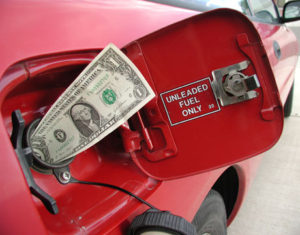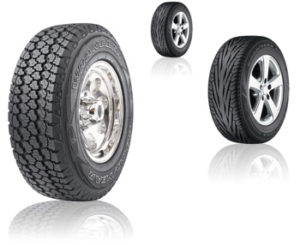Many new high end and medium end cars are now equipped with a tire pressure monitoring system (TPMS). It is an electronic system which  monitors the level of air pressure in your vehicle’s tires and reports that pressure to you on your dashboard. This is a truly great system. It flashes a warning on your dash if one of your tires is low in air pressure. Some air pressure systems will tell you which tire is low. While others will only tell you that one of your tires is low in air pressure.
monitors the level of air pressure in your vehicle’s tires and reports that pressure to you on your dashboard. This is a truly great system. It flashes a warning on your dash if one of your tires is low in air pressure. Some air pressure systems will tell you which tire is low. While others will only tell you that one of your tires is low in air pressure.
I actually prefer the one that does not tell you which tire is running low on air. It means you actually have to go and check the pressure on each tire and pump up the one that is low. Perhaps also top up the other tires as well. They might have been slightly low on air, but not enough to trigger a dash alarm to you.
There is a strong reason that I feel this way about Tire Pressure Monitoring Systems. It turns out on the cars that I have that the warning only comes on when the pressureh as declined by about 4 pounds pressure. Which is enough to effect your gas mileage as well as handling at high speeds. When that light comes on you really want to check all of your tires. Make sure they are at optimum pressure settings and not down a pound or two. In fact you should be checking your tires pressure at a minimum of once per month.
Tire Pressure Monitoring System Sensor – Driving Safely
Your vehicle’s tire pressure monitoring system has been actually created not just for you monitor your tire pressure, but to actually help you save your life. Poor handling at high speed or worse a blow out at high speed due to a low pressure tire over heating can cause a bad accident. Avoiding an accident at any time can potentially save your life!
The tire pressure monitoring system is made up of just four little sensors , one on each tire, that you can find on your vehicle. When one of your vehicle’s tires suddenly starts to lose air, the system would actually alert you while you are driving so that you would know about your tire’s situation.
Pull off the road and check the pressure immediately. You might only have minutes before the tire goes completely flat.
Check Out Your Car’s Manual about TPMS
New car owners should read the manual and become familiar with how the system works, what will cause an alarm and how low the pressure in your tire is before the alarm is triggered.
You can depend on the tire pressure monitoring system to tell you when a tire is getting low on air pressure, however most will not tell you when a tire is slightly below optimum, so we still feel that it is a good idea to routinely check the air pressure in your tires at a minimum of once per month.
These are great systems and they are worth the money. Appreciate your comments on your experience with Tire Pressure Monitoring Systems
For more posts about safe driving topics, click here.
